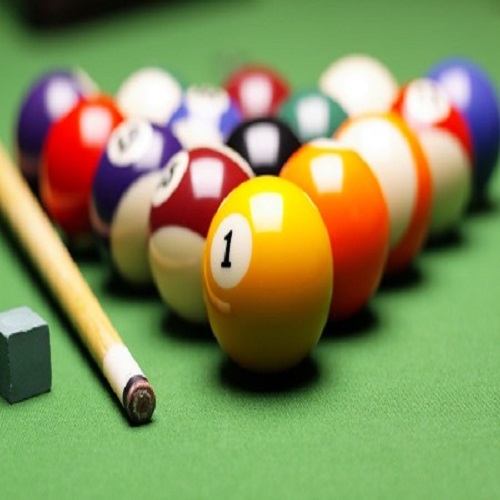Games
»
Billiard & Snooker Table

Billiard & Snooker Table
Are you good at playing billiard? Be an amateur or a pro, you'll surely find a game for your taste here! Grab your cue and learn how to pot the ball right inside the hole! Be a master of angles and speed! Make your best shot and show what you've gotAll that was needed to transform the Winning and Losing Carambole game into English Billiards was of course the concept of the 'break' or 'run'. The earliest mention of this is in 'English Billiards' published in 1839 by Edwin Kentfield, the first Billiards champion and greatest player of his time. In it, he mentions 'The Winning and Following game', the latter term meaning that a player who scores may follow immediately with another shot. Once this concept had come about, it was presumably soon applied to the 'Winning & Losing Carambole game', which was the most interesting of the variations around, and this became English Billiards, a game still popular at the turn of the millenium. For the next 100 years or so most people referred to this game simply as 'Billiards' - Commonwealth countries still do - like Port & King Billiards, this was the only serious game around at the time. The first American mention of the 'run' is later in 1857, while the '1845 Hoyle' mentions the 'French Following Game' so called to distinguish it from the French style of game in which only one strike was allowed per turn. So it seems likely that the change occurred in England and was soon taken up by the French, Americans and others for their games. Although often overlooked in texts on Billiard history, this simple change must rank with the move from ground to table and the removal of the Port & king - a truly revolutionary moment.





